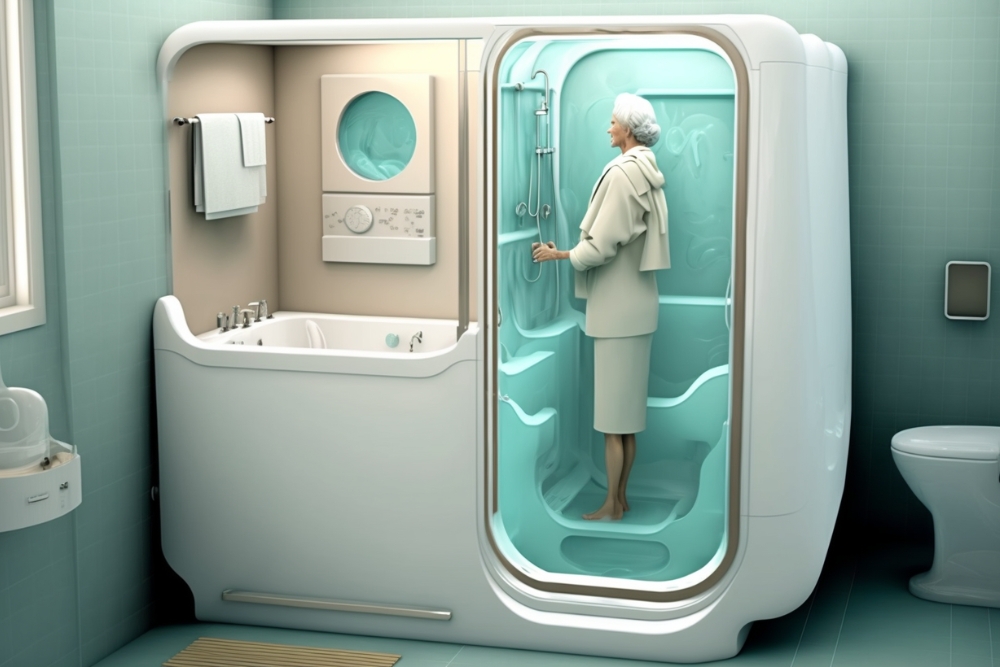Discover Ductless Air Conditioning: A Flexible Solution for Your Home
When it comes to keeping your home comfortable, ductless air conditioning could be an ideal choice. Unlike traditional systems, it works without the need for ductwork, offering more flexibility. It can also help you control energy use while maintaining comfort in specific areas.
How Does Ductless Air Conditioning Work?
Ductless air conditioning, also known as mini-split systems, operates on a simple yet effective principle. Unlike traditional central air systems that rely on a network of ducts, ductless units consist of two main components: an outdoor compressor unit and one or more indoor air-handling units. These components are connected by a small conduit containing refrigerant lines and electrical wiring.
The outdoor unit houses the compressor and condenser, which work together to cool the refrigerant. This cooled refrigerant is then pumped to the indoor unit(s) through the conduit. The indoor unit, typically mounted on a wall or ceiling, uses a fan to blow air over the cooled coils containing the refrigerant, effectively cooling the room.
What Are the Benefits of Choosing a Ductless System?
Ductless air conditioning systems offer several advantages over traditional cooling methods. Firstly, they provide zoned cooling, allowing you to control the temperature in individual rooms or areas of your home. This targeted approach can lead to significant energy savings, as you’re not cooling unused spaces.
Additionally, ductless systems are highly energy-efficient, often boasting higher SEER (Seasonal Energy Efficiency Ratio) ratings than conventional air conditioners. They also eliminate the energy losses associated with ductwork, which can account for up to 30% of energy consumption in central air systems.
How Much Can You Save with Ductless Air Conditioning?
While the initial installation cost of a ductless system may be higher than that of window units or portable air conditioners, the long-term savings can be substantial. The energy efficiency of ductless systems can lead to lower monthly electricity bills, especially during peak cooling seasons.
Moreover, the ability to cool only occupied rooms can result in additional savings. Some estimates suggest that homeowners can save up to 30% on their cooling costs compared to central air conditioning systems. However, actual savings will vary depending on factors such as home size, insulation, and usage patterns.
What Should You Consider Before Installation?
Before installing a ductless air conditioning system, there are several factors to consider. First, assess your home’s layout and cooling needs to determine the number and placement of indoor units required. A professional HVAC contractor can help you make this determination.
You’ll also need to consider the aesthetic impact of indoor units on your home’s interior. While modern ductless systems are designed to be sleek and unobtrusive, they are still visible on walls or ceilings. Additionally, ensure that your home’s electrical system can support the new units, as they may require dedicated circuits.
Is Ductless Air Conditioning Right for Your UK Home?
Ductless air conditioning can be an excellent choice for many UK homes, particularly those without existing ductwork or where adding ducts would be impractical or costly. They’re also ideal for older homes, additions, or spaces that are difficult to cool with traditional systems.
However, ductless systems may not be the best option for every situation. In larger homes that require cooling in many rooms, the cost of multiple indoor units can add up quickly. In such cases, a central air system might be more cost-effective.
Key Features of Leading Ductless AC Brands in the UK
When considering ductless air conditioning for your UK home, it’s important to compare different brands and models. Here’s a look at some popular options available in the market:
| Brand | Key Features | Energy Efficiency Rating |
|---|---|---|
| Daikin | Inverter technology, Wi-Fi control, Self-cleaning function | A+++ |
| Mitsubishi Electric | Hyper-heating technology, Plasma Quad filtration | A++ |
| Panasonic | nanoe X air purification, Aerowings for airflow control | A++ |
| Toshiba | Hi-Power mode, Self-cleaning function | A++ |
| LG | Dual Inverter Compressor, ThinQ smart technology | A+++ |
Each brand offers unique features that cater to different needs and preferences. For instance, Daikin’s inverter technology allows for precise temperature control, while Mitsubishi’s hyper-heating technology ensures efficient operation even in colder temperatures. Panasonic’s nanoe X technology provides advanced air purification, which can be particularly beneficial for allergy sufferers.
When choosing a ductless air conditioning system, consider factors such as energy efficiency, noise levels, additional features like air purification or smart controls, and the overall cost of installation and operation. It’s also crucial to ensure that the system you choose is properly sized for your space to ensure optimal performance and efficiency.
Ductless air conditioning offers a versatile and efficient cooling solution for many UK homes. By understanding how these systems work and carefully considering your specific needs, you can make an informed decision about whether ductless air conditioning is the right choice for your home comfort needs.
The shared information of this article is up-to-date as of the publishing date. For more up-to-date information, please conduct your own research.





